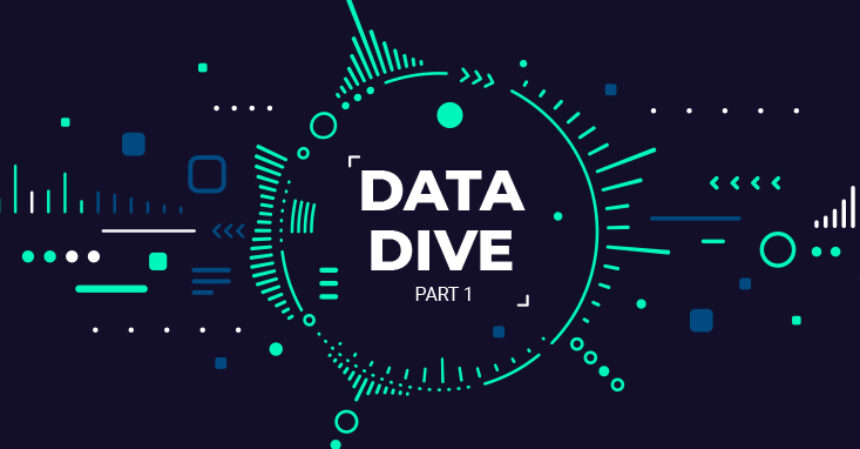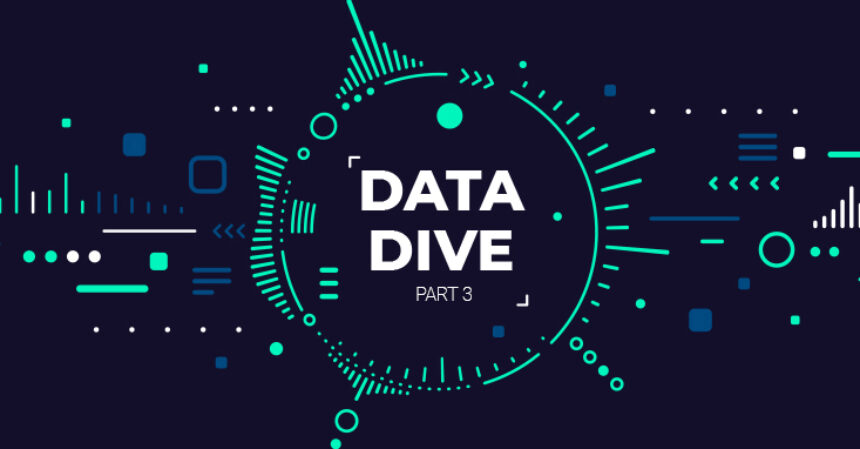Second-Party Data
What is second-party data?
Second-party data is first-party data that has been collected by one company and then shared with another company. It provides trusted and reliable insights into a specific audience without relying on unvetted third-party sources.
How does second-party data work?
Second-party data is typically shared between two companies that have a partnership or other business relationship. The companies agree to share their first-party data with each other in order to improve their marketing campaigns.
For example, a retailer might share its customer data with a marketing agency. The agency can then use this data to create more targeted and effective advertising campaigns for the retailer.
Compliance with privacy regulations like Europe’s GDPR and the 2018 California Consumer Privacy Act (CCPA) are often baked into any second-party sharing deal. This usually involves the use of data clean rooms, where data is anonymized and aggregated before sharing, preventing the identification of individual users.
Additionally, the parties rely on encryption and secure data transfer methods to protect data integrity and confidentiality during exchanges. This approach balances data utility with privacy and legal requirements, which are intended to foster trust among the partners.
Types of second-party data:
Second-party data can be divided into two main types:
- Explicit data: This type of data is collected directly from customers, such as through surveys, customer loyalty programs, and website registrations.
- Implicit data: This type of data is not explicitly stated or directly provided, but can be inferred from other available data.
How to measure second-party data:
Second-party data is typically measured using the following metrics:
- Accuracy: The percentage of data that is accurate and complete.
- Relevance: The percentage of data that is relevant to the marketer's target audience.
- Timeliness: The recency of the data.
- Coverage: The size and breadth of the data set.
Why is second-party data important to marketers?
Second-party data is also becoming increasingly important as third-party cookies are being phased out by web browsers. This type of data allows marketers to:
- Reach their target audience more effectively.
- Create more personalized marketing messages.
- Gain a better understanding of their customers.
- Make more informed marketing decisions.
Who needs to know what second-party data is:
- Performance marketer
- Digital marketer
- Paid search specialist
- Social media marketer
- Display advertising specialist
- Ecommerce manager
- Retail manager
- Marketing manager
- Agency owner
- CMO
Use second-party data in a sentence: “A clothing retailer might share its customer data with a social media platform; it becomes ‘second-party data’ when the social media platform uses this data to show targeted ads for the retailer's clothing to its users.”


